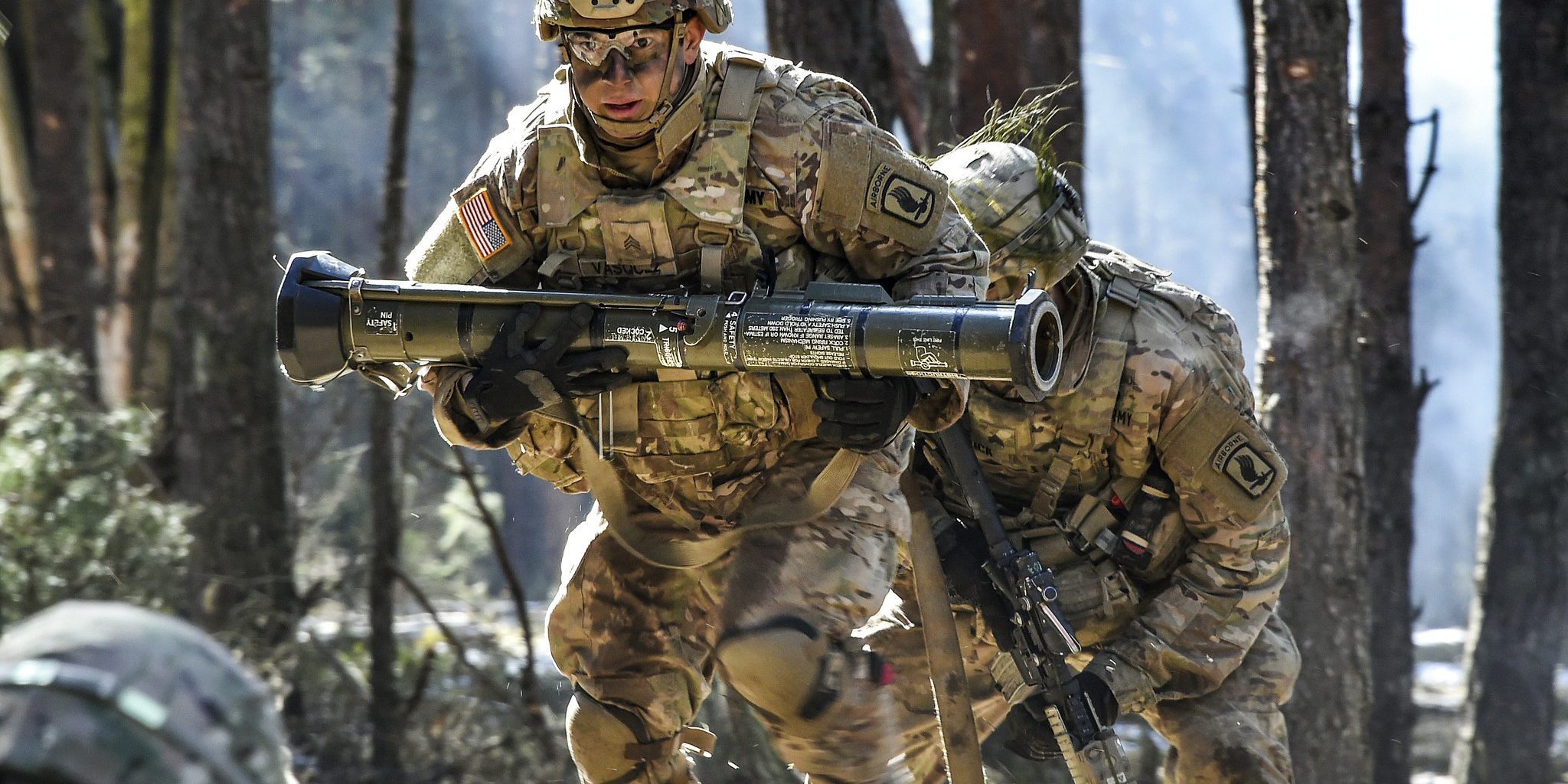ABERDEEN PROVING GROUND, Md. – Army researchers collaborated with academic partners from the University of Central Florida to improve additive manufacturing. This partnership may help deliver extreme lightweight components to future Soldiers.
By optimizing the printing process for the additive manufacturing of a high-strength magnesium alloy and fabricating 24 micro-lattice structures, researchers characterized the compressive strength and failure modes, which will enable much lighter Army components.
“We used a magnesium alloy known as WE43, which has only been successfully 3-D printed by a handful of researchers,” said Dr. Brandon McWilliams, the lead researcher for 3-D printing metals at the U.S. Army Combat Capabilities Development Command, known as DEVCOM, Army Research Laboratory. “In this work, we optimized the process to achieve higher density than previously reported and used that to produce and characterize lattice structures made up of WE43.”
Magnesium Elektron WE43 is a high-strength casting alloy. It can be used in temperatures of up to 300 °C (572 °F), according to AZoM, an online publication for the materials science community. “This alloy has good mechanical properties coupled with excellent corrosion resistance.”
Advanced additive manufacturing has the potential to deliver critical parts at the point of need, reducing the need for lengthy logistic chains. Also, the U.S. Army’s modernization strategy calls for lightening the load to help support future Soldiers.
The research team published their findings in the peer-reviewed journal Materialia.
McWilliams said he believes joining advanced lightweight alloys with novel multiscale structures through additive manufacturing will be a key aspect of modernizing Army weapon systems. There are many lightweight structural applications in the automotive, aerospace, and biomedical industries.
“Current systems are too heavy, which increases burden to the Soldier, reduces fuel efficiency, and degrades mission effectiveness,” he said. “It is my goal as an Army researcher to conduct research, which has the maximum chance of success of transition from basic and applied research stage to practical application in order to enable transformational overmatch.”


